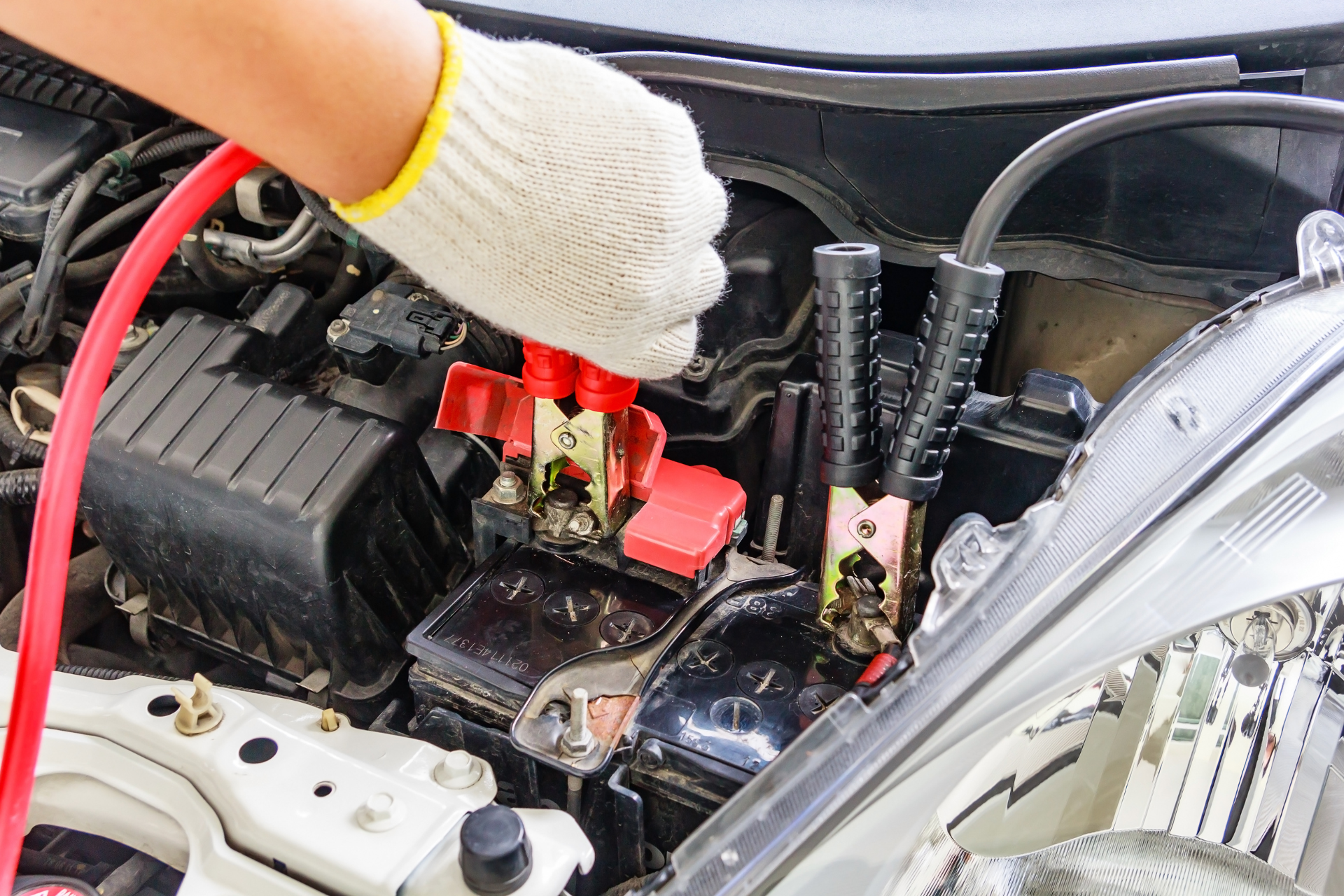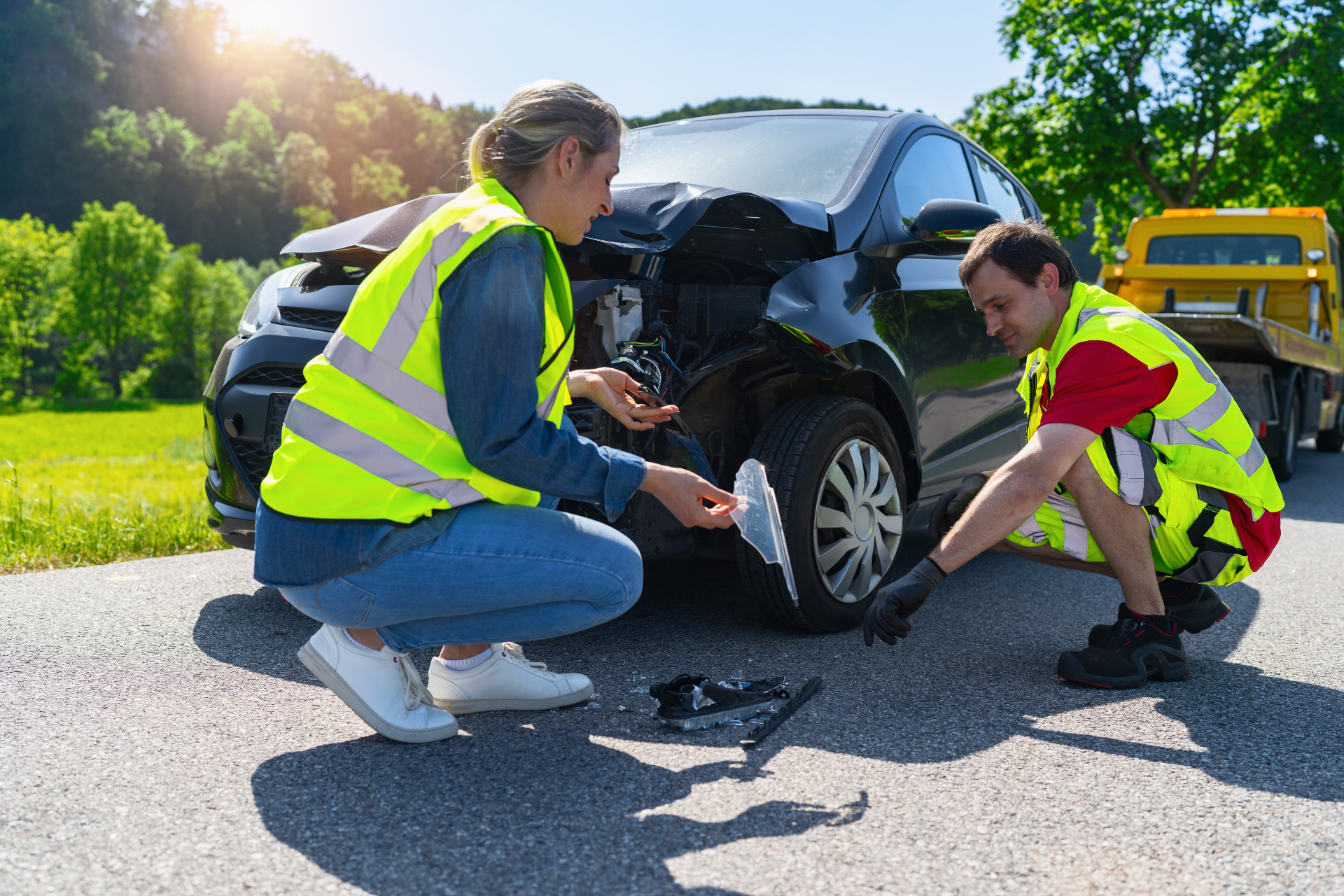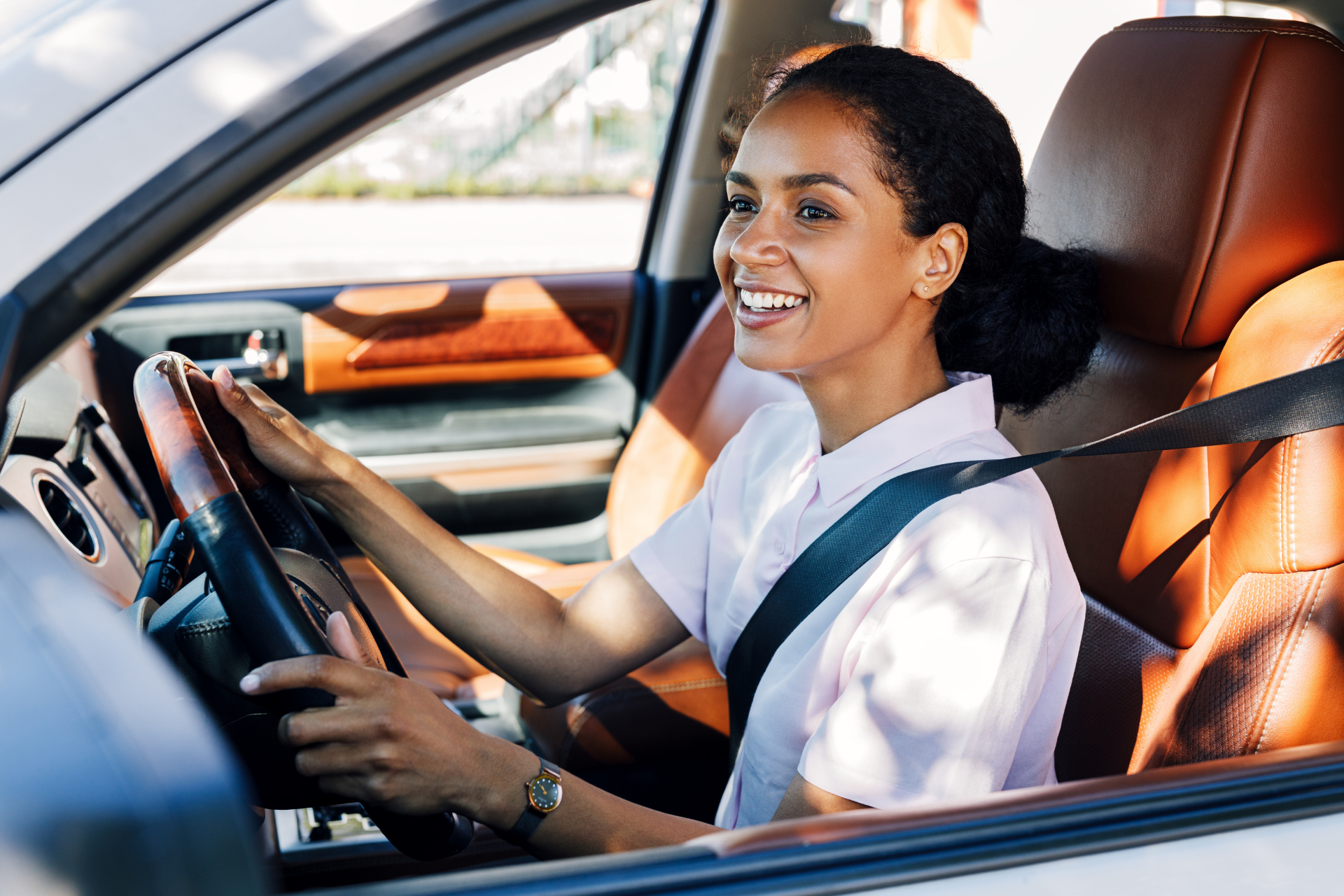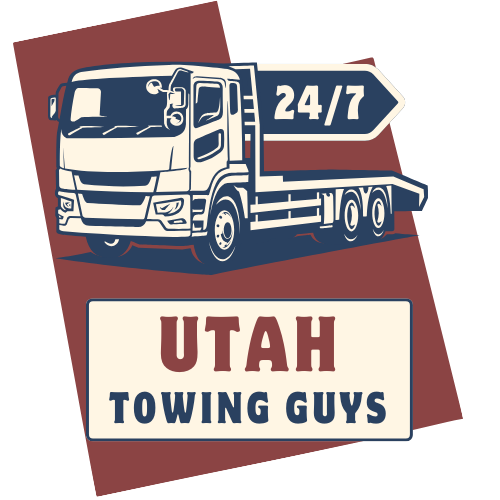The Dos and Don'ts of Jump-Starting a Car Safely

Have you ever found yourself in a situation where your car won't start, and you need a jump-start to get back on the road? Jump-starting a car can be a lifesaver, but it's essential to do it safely to avoid causing any damage to your vehicle or yourself. Here at Utah Towing Guys, we understand the importance of proper jump-starting techniques to ensure a smooth and safe experience. In this blog post, we'll cover the dos and don'ts of jump-starting a car to help you navigate this common roadside issue like a pro.
The Dos:
1. Do Use the Right Equipment
When jump-starting a car, make sure you have a set of jumper cables that are in good condition. The cables should be long enough to reach between the two vehicles but not so long that they tangle. Also, ensure that both vehicles have compatible battery sizes and voltages.
2. Do Park Safely
Before jump-starting a car, park both vehicles on a flat surface and engage the parking brakes. Make sure the vehicles are not touching each other and that the ignition and all lights are turned off.
3. Do Follow the Correct Sequence
When connecting the jumper cables, start by attaching the positive (+) cable to the positive terminal of the dead battery, then connect the other end of the positive cable to the positive terminal of the working battery. Next, connect the negative (-) cable to the negative terminal of the working battery and attach the other end to a metal surface on the car with the dead battery, away from the battery itself.
4. Do Wait Before Starting the Dead Car
Allow the working car to run for a few minutes to charge the dead battery before attempting to start the dead car. Once the dead car starts, let it run for a few more minutes to ensure the battery is fully charged.
5. Do Disconnect Carefully
After the dead car has started, disconnect the jumper cables in reverse order from how you connected them. Start by removing the negative cable from the metal surface on the dead car, then the negative cable from the working battery, followed by the positive cable from both batteries.
The Don'ts:
1. Don't Reverse the Polarity
Never connect the jumper cables in reverse order. Mixing up the positive and negative terminals can cause serious damage to the electrical systems of both vehicles.
2. Don't Allow the Cables to Touch
Make sure the jumper cables do not touch each other or any metal surfaces other than the specified connection points on the batteries. Accidental contact can cause sparks, leading to electrical damage or even a fire.
3. Don't Attempt to Jump-Start a Damaged Battery
If the battery is visibly damaged, leaking, or has a strong sulfur smell, do not attempt to jump-start the car. Instead, seek professional assistance to replace the battery.
4. Don't Rev the Engine
Avoid revving the engine of the dead car excessively while jump-starting. This can put additional strain on the electrical system and may cause damage to the alternator or other components.
5. Don't Depend on Jump-Starting Every Time
While jump-starting can be a quick fix, it's essential to address the underlying issue causing the dead battery. If your battery frequently dies, have it tested and consider replacing it to prevent future breakdowns.
Jump-starting a car can be a straightforward process when done correctly, but it's crucial to follow the dos and don'ts to ensure a safe and successful outcome. Remember, if you ever find yourself in need of roadside assistance, the Utah Towing Guys are here to help with our reliable and professional services. Stay safe on the road and happy driving!




